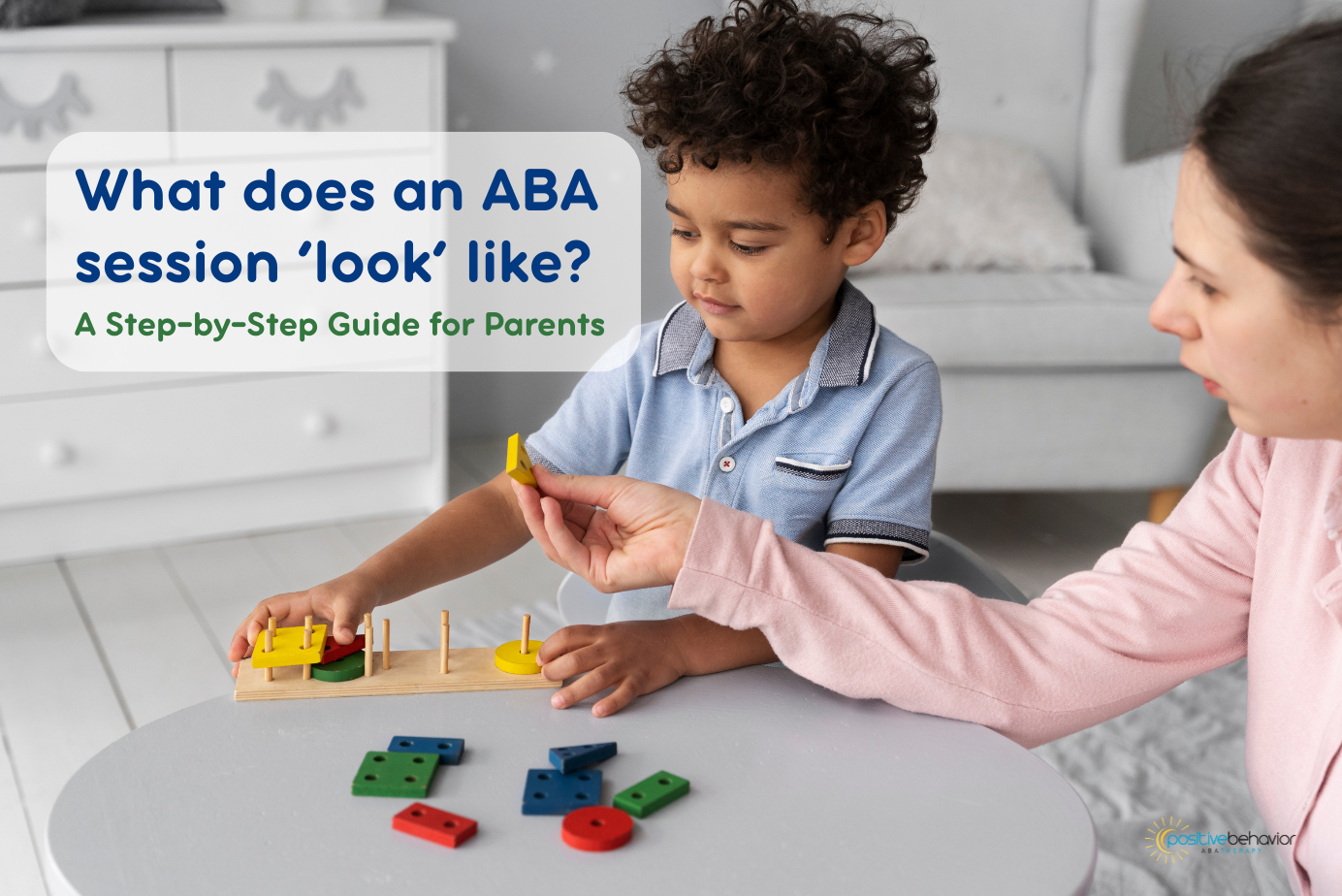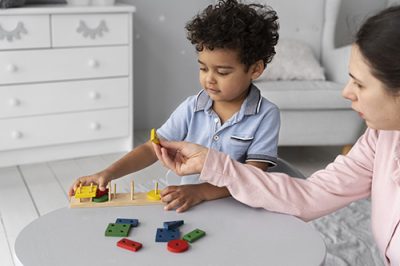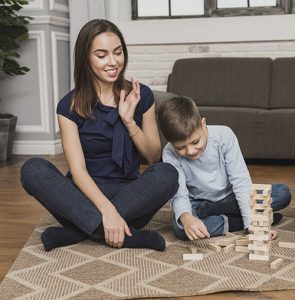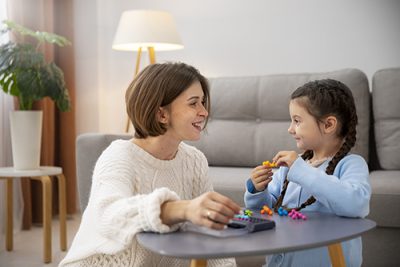Are You Eligible?
Our team helps guide you through the eligibility process

When partnering with an ABA provider to help your child’s development knowing what an ABA session looks like can make you feel more confident. For a parent, choosing the right treatment can be so overwhelming. In this article, we break down a tyipcall , which environmental factors make the difference, and why you as a parent have a critical role to play in making ABA services effective. Applied behavior analysis (ABA) is one of the strongest, research-based interventions for individuals diagnosed with autism spectrum disorder (ASD), ADHD and Developmental Delay
Before ABA sessions a licensed Board-Certified Behavior Analyst (BCBA) conducts a comprehensive assessment. This includes observing your child within their natural environment, interviewing you and using standardized tools.
The aim is to help understand your child’s strengths and communication style, challenges and learning preferences. Using this information the BCBA creates an individualized treatment plan that is specific to your child’s need. These goals can address communication, social skills, daily living skills or may focus on reducing those behaviors which undermine learning.
This assessment phase ensures that every ABA session has clear direction and measurable outcomes — essential in evidence-based ASD treatment.
Depending on your child’s age and goals, an ABA session may range from one to four hours. Although each session is customized, most use a consistent structure that includes:
 Warm-up and Pairing
Warm-up and PairingThe therapist spends a few minutes connecting with your child through play, which helps establish trust and support. This phase is called pairing, and it lays the foundation for cooperation during the session.
This is the heart of the session. The RBT uses techniques like Discrete Trial Training (DTT) and Natural Environment Teaching (NET) to teach new skills. These can be in form of language development, motor coordination, problem solving etc.
Each skill is taught in small and manageable steps and every correct response is reinforced with praise, toys or activities of their preference.
When the child exhibits challenging behaviors (e.g., aggression, self-injury, tantrums), the therapist implements proactive and reactive strategies. The goal is not just to reduce behavior, but to teach your child alternative ways to express needs or cope with frustration.
During the session, the rbt will collect data, critical information to monitor the progress and adjust the treatment plan accordingly.

The physical and sensory setup of the space can significantly influence how effective ABA behavior analysis is.
This is one of the strongest predictors of long-term success in ABA Therapy. You will spend a lot of time with your child’s therapist discussing goals, progress, and ways to apply behavior strategies at home. The skills acquired in the sessions will be taken to real-life situations such as school, bed time routine, or shopping and that will be your homework.
ABA isn’t just what happens during the session — it’s a collaborative work that empowers you to support your child’s growth every day and your role as a parent will make a difference. Your partnership and active participation will facilitate your child’s development through every moment of everyday life.

Young caucasian girl is playing with blonde mother near the window
Applied behavior analysis is not a one-size-fits-all therapy. ABA providers use the data collected during sessions to:
This data-driven process ensures that your child’s therapy evolves with their needs, making every ABA session purposeful and personalized.
Final Thoughts

ABA sessions are structured, yet highly individualized to meet each child where they are. Understanding what happens and how an aba session typically looks like helps you, as a parent, feel more empowered to advocate for your child and be an active part of their treatment journey.
By working closely with an ABA provider and applying strategies consistently, you’re giving your child the best chance to thrive — at home, in school, and beyond.
Sources:
Sosine, Jacob & Cox, David. (2023). Initial Description of 3.9 Million Unique ABA Sessions. 10.31234/osf.io/pq28y.
Yu Q, Li E, Li L, Liang W. Efficacy of Interventions Based on Applied Behavior Analysis for Autism Spectrum Disorder: A Meta-Analysis. Psychiatry Investig. 2020 May;17(5):432-443. doi: 10.30773/pi.2019.0229. Epub 2020 May 8. PMID: 32375461; PMCID: PMC7265021.
Aronoff E, Hillyer R, Leon M. Environmental Enrichment Therapy for Autism: Outcomes with Increased Access. Neural Plast. 2016;2016:2734915. doi: 10.1155/2016/2734915. Epub 2016 Sep 18. PMID: 27721995; PMCID: PMC5046013.
Sneed, Lindsey & Samelson, Doreen. (2022). Effectiveness of Parent-Led Applied Behavior Analysis at Improving Outcomes for Parents of Autistic Children. Journal of Social, Behavioral, and Health Sciences. 16. 160–177. 10.5590/JSBHS.2022.16.1.12.
|
|
|
|